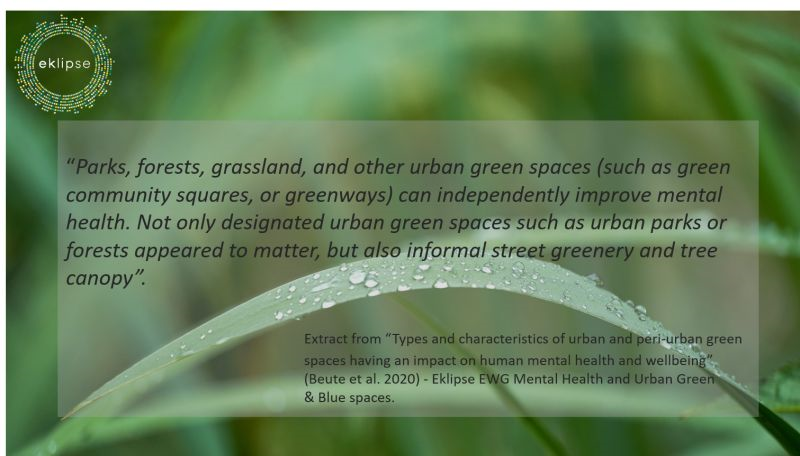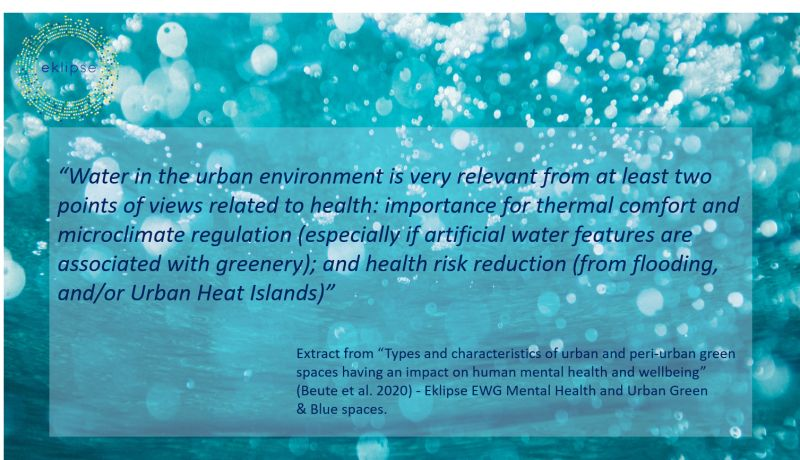27 September 2021 at 2:30 PM Singapore
The connections between biodiversity, mental health and physical inactivity are particularly relevant in the context of shifting global burden of diseases in which non-communicable diseases are among the most rapidly rising challenge to global public health. Contact with nature may provide positive mental health benefits, as well as promote physical activity and contribute to overall well-being.
The ASEAN Workshop on Biodiversity and its Links to Human Health in an Urban Context and Capacity Building on Therapeutic Horticulture as an Example of the Links (referred to subsequently as the ASEAN Workshop) is one of the follow-up activities to the above 2018 regional workshop. The European Union, through the Biodiversity Conservation and Management of Protected Areas in ASEAN (BCAMP), is providing funding support to the ASEAN Workshop.
Due to the COVID-19, the ASEAN Workshop had to be postponed and implementation modalities divided into two parts:
(i) introductory webinar (as per current invitation and information note); and
(ii) in-person workshop (tentatively to be conducted in 2022, contingent on prevailing
COVID-19 situation)
Expected Outputs of the Introductory Webinar
1. Enable participants to become supporters and active advocates of green spaces and
therapeutic horticulture approaches in their respective cities in the ASEAN Region.
2. Generate ideas and recommendations on the promotion of green spaces and
therapeutic horticulture in the ASEAN Region.
2:30-2:40pm - Entry of participants, House rules ACB
2:40-2:45pm Opening remarks , Ms. Wendy Yap - Director/ International Biodiversity Conservation, NParks
Session 1: Role of Green Spaces on Health and Wellbeing
2.45-3.25pm
- "Landscapes for mental wellbeing" - Dr. Agnieszka Olszewska-Guizzo - President and Co-founder of NeuroLandscape
- "Case study: Prescribing physical activity in parks in Singapore for improved health and wellbeing" - Dr. Nicholas Alexander Petrunoff - Assistant Professor, Saw Swee Hock School of Public Health, National University of Singapore
- Question and Answer - Moderator: Mr. Elpidio Peria, - Technical Consultant, ACB
Session 2: Benefits of Therapeutic Horticulture, a Nature-based Programme
3.35-4.25pm
- "Contextualising therapeutic horticulture for the tropics" - Ms. Tham Siang Yu Permaculture Designer
- "Case study 1: Design and programming of therapeutic horticulture in a tropical nursing home" - Mr. Tham Xin Kai Design Director of Hortian Consultancy and Co-founder of
Hortherapeutics - " Case study 2: A research study on therapeutic horticulture on older adults in Singapore" - Ms. Angelia Sia Deputy Director of Research at the Centre for Urban Greenery and
Ecology, NParks - Question and Answer Moderator: Mr. Elpidio Peria, Technical Consultant, ACB
4:35 – 4.45 Synthesis and Closing - Ms. Clarissa C. Arida, Director, Programme Development and Implementation Unit, ACB
iHealthtech, National University of Singapore and National Parks Board









